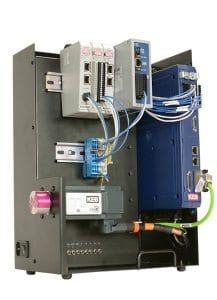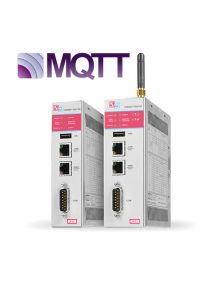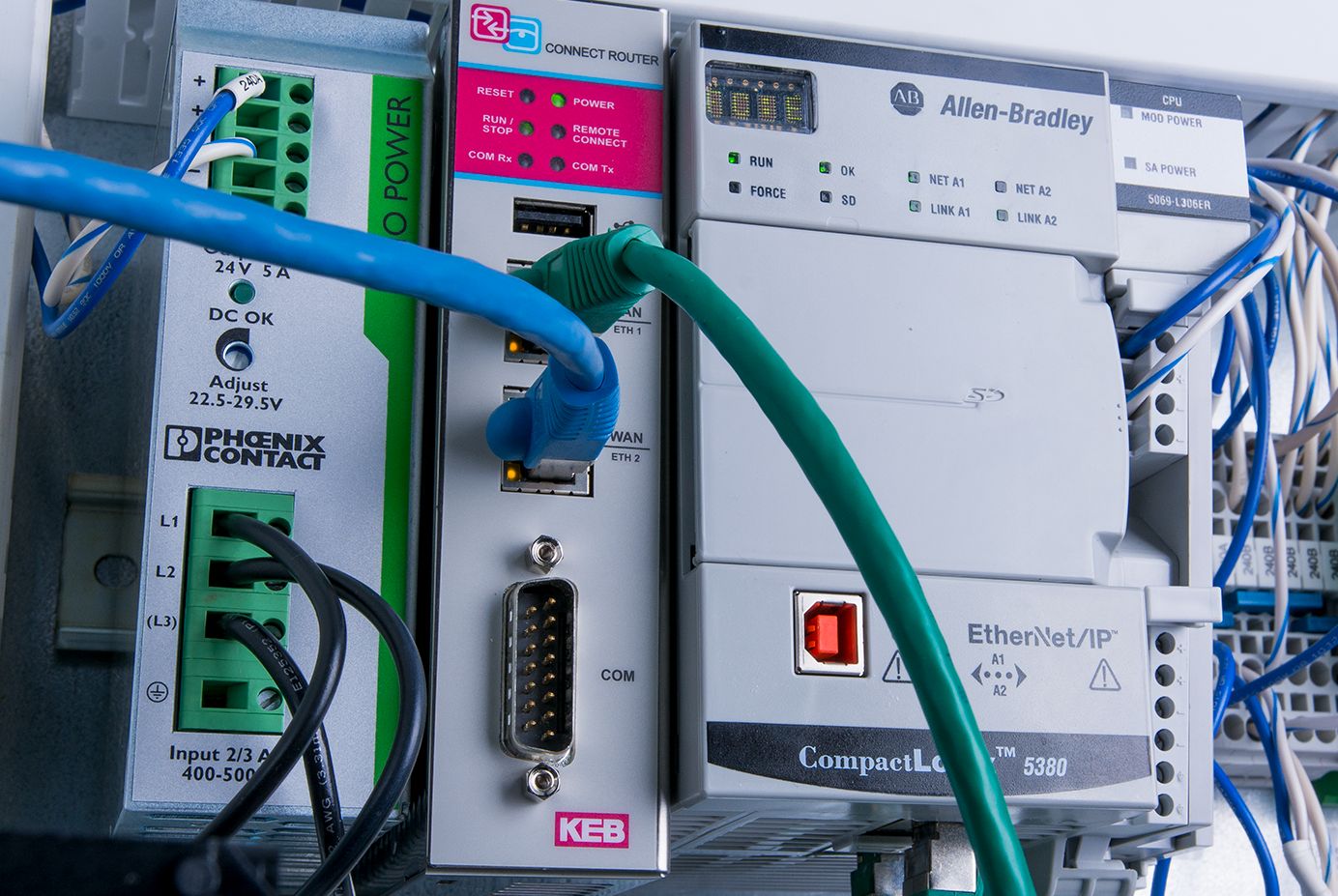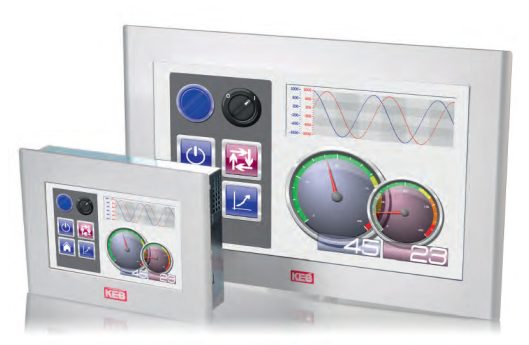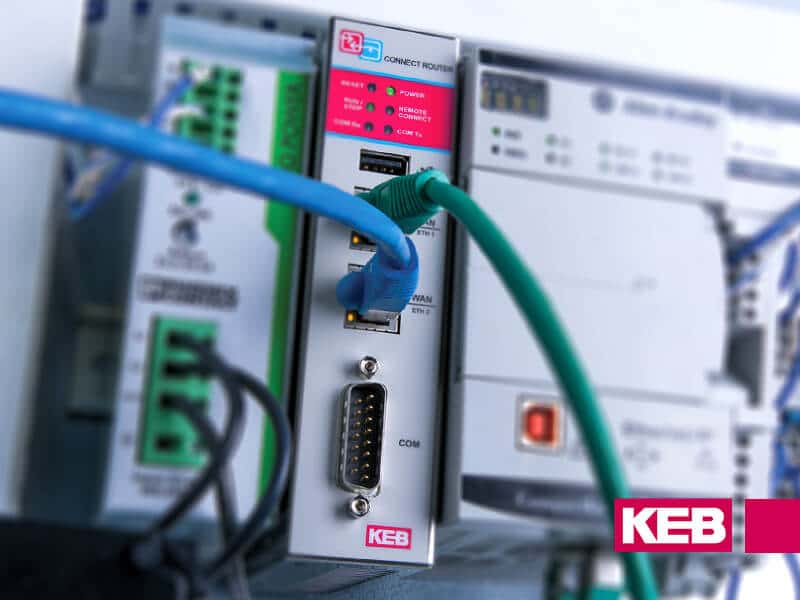Cost and performance balance in IIoT machine design
A Control Design reader asks…
I work for an OEM, and we are developing new equipment that requires multiple motion applications on one machine. This includes master-follower rollers, tension control, unwind, wind, variable speed conveyors, a precision three-axis gantry and automatic changeover position adjustments. It covers the full range of motion control from simple ac induction motors to stepper motors and precision servo control.
Our sales department wants to sell this new OEM equipment as the latest technology including the buzzwords “precision motion” and “IoT-ready features.” With all the different motion-control requirements on the equipment, do I mix and match the best motor, stepper or servo for each axis, or do I just use servos on every axis? Along the same lines, should I stick with a single controller or distribute the motion control? I’m looking for best-practices in motion control for this new and future OEM equipment.
Engineering manager Scott Cunningham from KEB America was able to provide the reader with this answer.
There is a difference between what a sales department asks for and what it can sell. Machine designers and engineers are constantly tasked with the job of balancing cost with performance. Deciding to select all servos and the highest-performing control is often not the best choice.
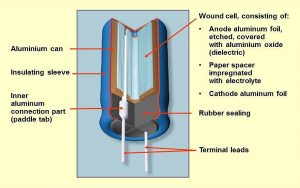
Regarding the controller, I would recommend using an embedded control or industrial PC (IPC) where you can. Create modular, brand-free code; use existing motion function blocks; and implement a synchronized motion fieldbus such as EtherCAT. Using an embedded subcontroller for the three-axis gantry would simplify your overall machine control, but distributing the controllers further may simply add cost to your machine.
Servos are not always the best choice in motor technology. AC motors and drives perform well where the rotor inertia doesn’t hinder performance, such as conveyors, master-followers and tension systems. Servos are typically the best performers on robots and high-speed gantry systems, where their high torque-to-inertia ratio really shines. However, if the gantry system is large, then servos lose their dynamic edge and ac motors meet the need.
Small, subfractional hp applications can utilize stepper systems. In any case, choose a drive system that can be linked to the motion fieldbus. You will reduce machine wiring, ease motion control, improve machine troubleshooting, gain data collection and improve machine serviceability. Connected drives can be programmed automatically and are reachable via remote access.
Don’t forget remote access. Customers expect fast responses when something goes wrong. Using a secure, reliable remote device will pay for itself with the first trouble call.
You can read all the answers on Control Design’s web site where they regularly post Q & A articles like this one. If you’d like to hear more about our products and how they mesh with IIoT, contact a KEB America engineer today.
Let's Work Together
Connect with us today to learn more about our industrial automation solutions—and how to commission them for your application.
